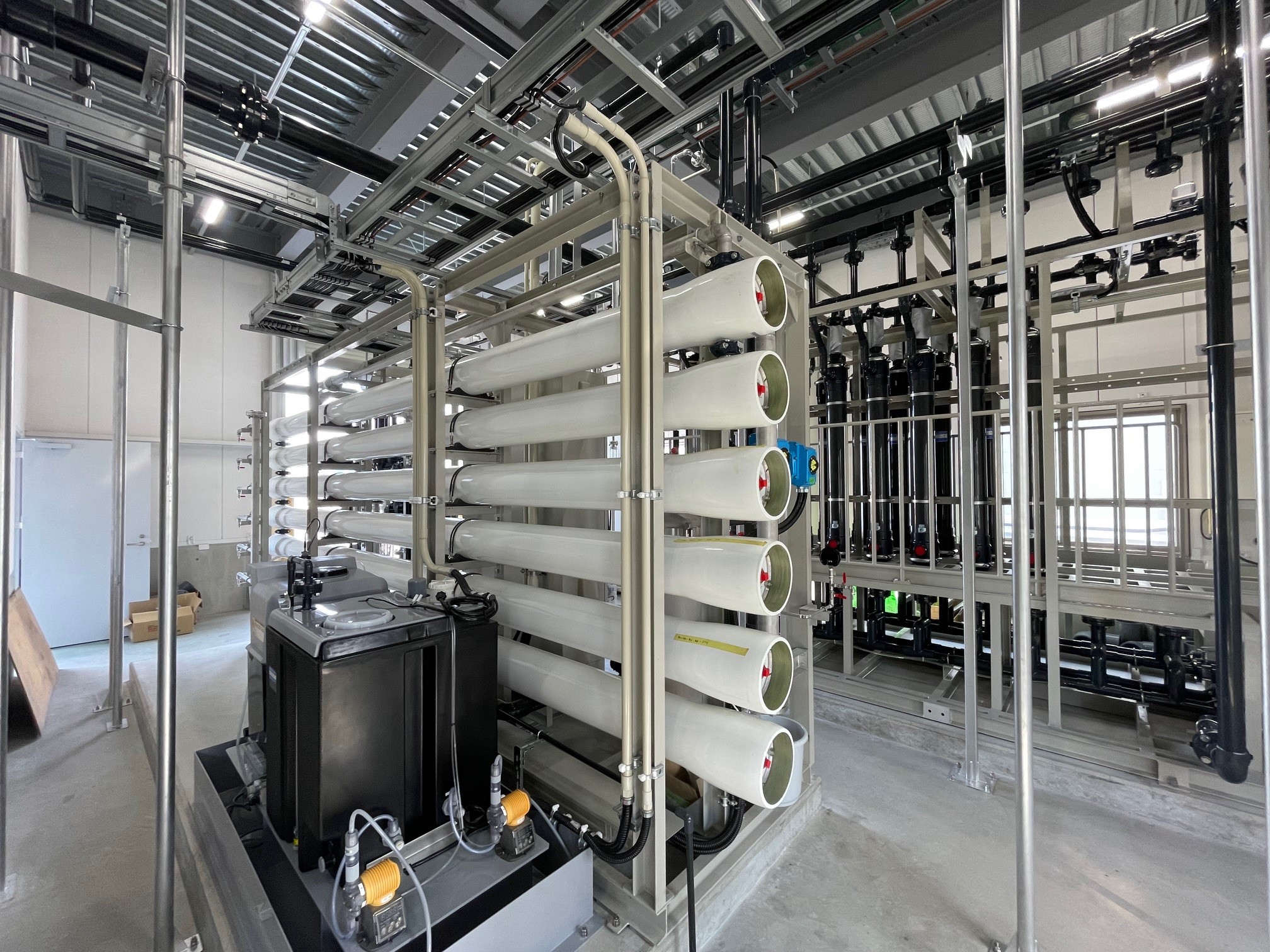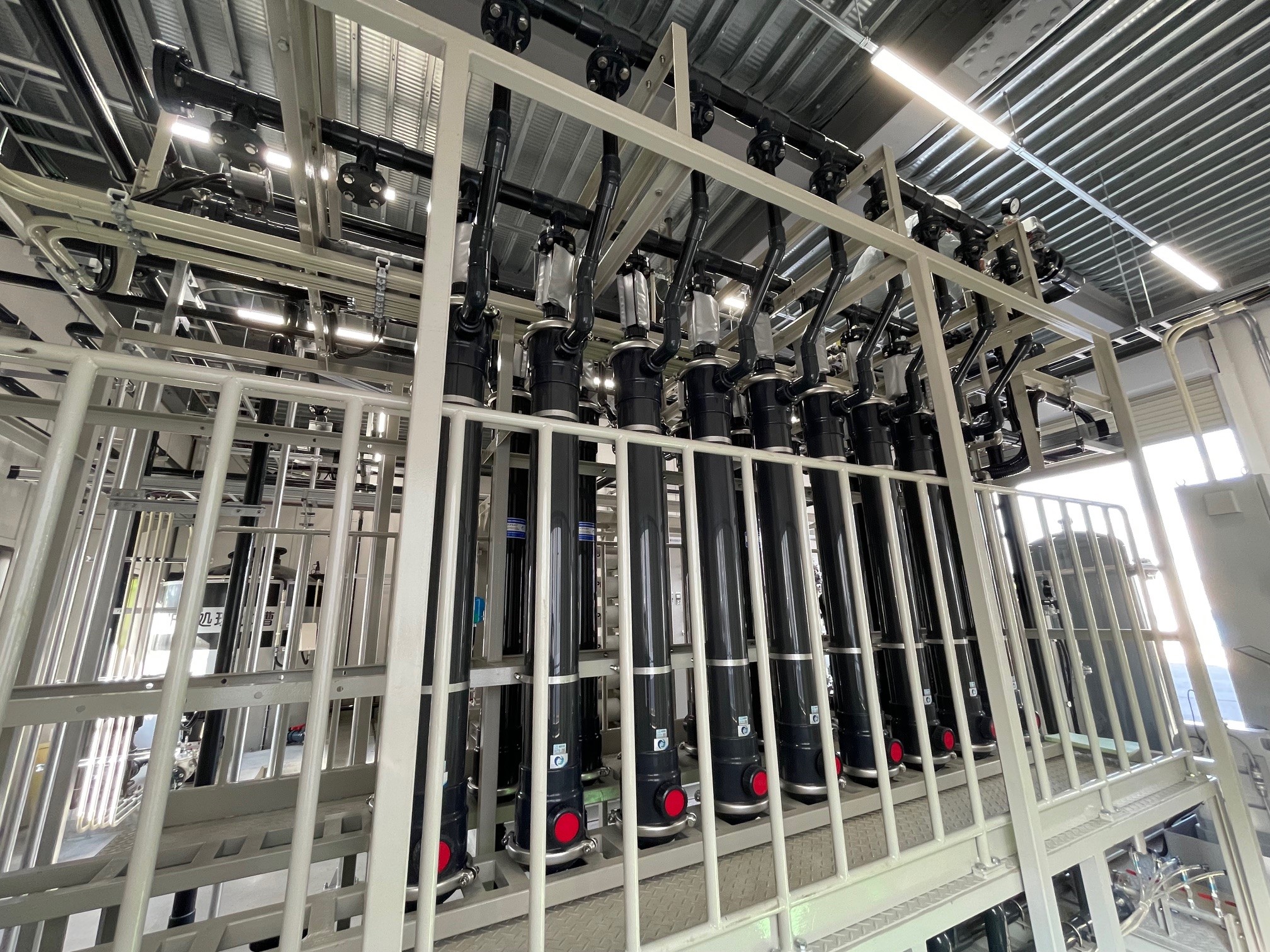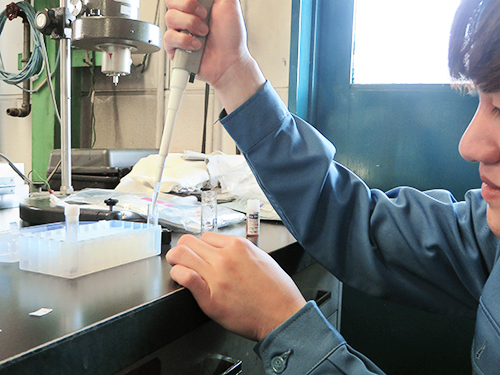Initiatives for Water Resource Conservation
Approach and policy toward water resource conservation
In recent years, many people have become aware of the importance of water resources and the need for conservation. Since our Group’s products require the use of water in the manufacturing process in order to achieve their unique soft texture and supple feel, we will promote the efficient use of water, including its reuse, and will thoroughly manage wastewater from our plants to ensure that it is not discharged inappropriately.
Initiatives for Water Resource Conservation
Most of the water our Group uses in our manufacturing process is well water, and water supply is also used when necessary. Excessive use of well water can cause land subsidence and other adverse effects in the surrounding areas, so we closely control the amount of water withdrawal to comply with water restrictions in the areas where our plants are located. Therefore, at this point, we consider the risk of drought and its impact on water resources in the surrounding areas to be low.
At the newly established Chiyoda Plant, we have implemented a wastewater treatment system that removes impurities through a three-stage process. This system aims to enable the reuse of approximately 60% of the water used within the plant.


Alongside efforts to optimize water usage at our existing plants, the implementation of this wastewater treatment system has set a mid-term goal of reducing water consumption per unit by 20% compared to 2020 by 2025. While the reduction in 2024 was limited to 11.7%, we expect to approach the 20% target in 2025 as the Chiyoda Plant becomes fully operational.
| FY2021 | FY2022 | FY2023 | FY2024 | |
|---|---|---|---|---|
| Water consumption per unit requirement (t/yard) <FY2020 = 100.0> |
88.9 | 79.2 | 86.5 | 88.3 |
Initiatives for Wastewater
Wastewater containing organic solvents discharged from the manufacturing process is sampled regularly after the organic solvents are removed and collected, and is inspected by an external agency to confirm that items such as COD (chemical oxygen demand), pH, and SS (suspended solids) meet the standard values for the area in which the plant is located.
At the Chiyoda Plant, which is scheduled to start operation in 2025, the introduction of wastewater treatment facilities is expected to further reduce the amount of wastewater and the environmental impact of wastewater.

